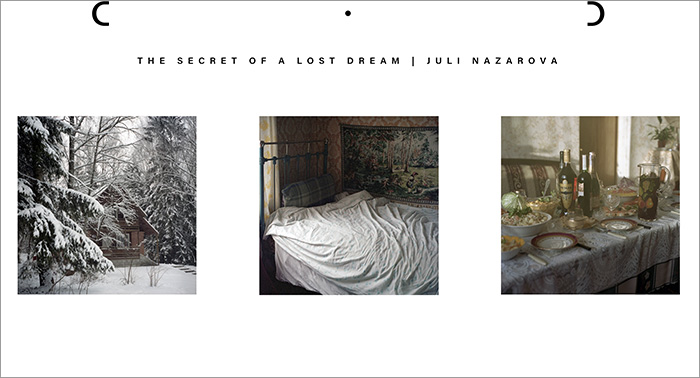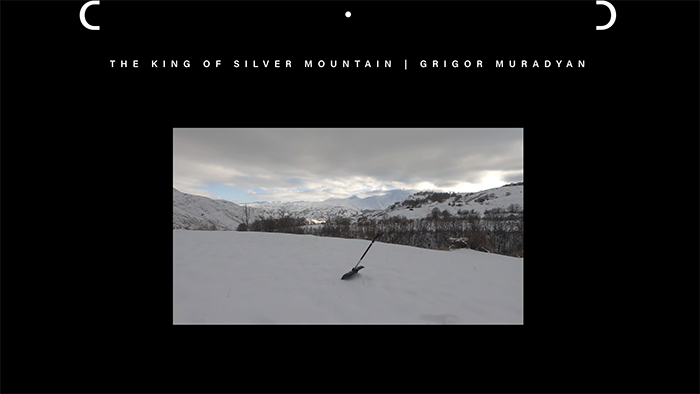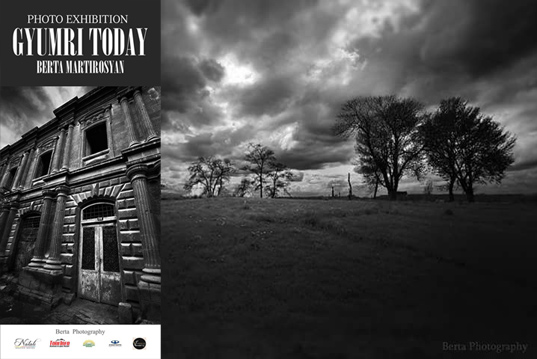Text by Varduhi Kirakosyan
On December 10th, 2020, Armenia Art Fair (AAF) launched Open Space, a unique platform curated in AAF digital space. Made up of submissions ranging from video artists to photographers, established and emerging artists, over 30 international artists from 19 different countries will present their work as part of the Open Space curatorial project. “Getting in touch with all the selected artists and researching their work was a huge excitement for us, and encouraged us to continue thinking about Open Space as a growing platform with immense possibilities online and off-line,” noted Eva Khachatryan, the curator and director of Open Space.
As the interest for digital media grows and new technologies evolve so do the professions and art forms. The loosening of definitions of roles of curators in traditional art institutions and programs in cultural hierarchy sparkes endless debate around what makes up curatorship. Both curators and artists are now driven to cyberspace and tempted to reveal the potential of digital arts-based projects. Artists traverse digital media boundaries experimenting with different visual and textual media. What digital ways are brainstormed for curating collections and conveying meanings?
We can categorize digital art as twofold: object-oriented artworks and process-oriented visuals. In the first case, digital technologies serve as a tool to create traditional objects of art, like paintings, photographs, prints, and more. The second scenario, on the other hand, features the technology as a result, itself. Basically, in one case, the works rely on digital tools to amplify and enhance an already-existing medium, in the other case, they use digital technology as an intrinsic component in making the artwork. This makes up an experimental set of intersections of art and information, leading to innovative ways of curating art that reflects the artistic vision and digital aesthetics.
What is essentially different with digital art curation, though, is that it limits artworks in traditional formats (painting and sculpture, that can be considered docile objects in their material aspect) and places spotlight on “events.” Khachatryan highlighted that the digital space seems to be a better fit for certain kinds of media, including audio/video art, photography, prints, and so on. The artworks are filtered through the features that allow for intangible environments that claim their own space or escape any notion of place at all.
It is also important to admit that, unfortunately, digitally curated spaces might limit the viewer to some extent, allowing them to see only through the perspectives that the curator has chosen to show. The curators frame the collections in particular ways, which don’t allow for unrestricted views, unlike the offline space. Therefore, remaining conscious of the curator’s hand is essential to maintain a critical attitude of any online exhibition. Also, the gatekeeping model is no longer actual when the digital relationships across global networks generate an open model, where everyone can take up a digital curator’s role. The artists can become the curators of their works, enabling themselves to engage and interact with their audience by crowdsourcing freely, “likes,” chat blogs and more.
In contrast with the physical space where the viewer can walk around a gallery and engage with the artwork more naturally, the users manipulate the space themselves around their viewpoint in digital format. During the private interview, Khachatryan explained that the communication between the viewer and the artwork is never the same within the digital format. But the difference is what makes it more exciting and engaging. Khachatryan adds that even though Open Space was spurred on during the COVID-19 lockdown, it gained more weight and importance through the process. The confinement served as an ideal context for reflecting on the current reality and exploring digital art and curation. The need for a digital platform to showcase artists’ works has been a matter of concern for Khachatryan for a long time now. So projects in digital format will not end with Open Space, regardless of opportunities of exhibiting offline.
Another such project was recently initiated by HAYP/IN SITU called Virtual Viewing Room, an exhibition of projects designed for the virtual space. In these virtual projects, “artists are rethinking the meaning and potential of virtual “space”: its dynamism, depth, and ability to incorporate various media through more playful compositions. While the projects are far from internet art, they offer a more thoughtful and poetic format for composing and sharing content in a time where most of us are at home. The communal gathering is prohibited,” says curator Anna Gargarian.
The advancements of digital tools in the arts and culture led to dramatic transformations within the process of archiving as well. Gargarian explains that “Virtual Viewing Room is both an online experiment as well as an archive of an ironically solitary, collective experience of global confinement and its implications on artistic practice.”
In terms of archiving, digital curation also involves managing meanings imbued in the movement of images through different networks. Digital curators’ role is critical in the circulation of works. They intervene in the natural dissemination process and add a new significance, circulating the works in new contexts from new electronic distribution pathways. “The act of finding is elevated to a performance in its own right, and how the images are appropriated distinguish this practice from one of a quotation by taking them out of circulation and re-inscribing them with new meaning and authority,” says Marisa Olson. Olson is the founding member of the Nasty Nets, Internet surfing club, a web-based net art group documenting and remixing their experiences online. The defining questions guiding similar projects are recognizing the importance of circulation and seeking to determine the artist’s place in the network. This mindset is representative of post-internet art practices, a blurring of the online and the offline.The goal is to feature exhibitions in numerous places viewed in various contexts; “to create a place online where the images could take on new meanings through the different ways that they might be seen or interpreted,” says digital anthropologist Wade Wallerstein.
https://youtu.be/rqrUBSHjsTc
The Open Space platform will be available to access until January 30th, visit
http://openspace-armeniaartfair.com
https://haypinsitu.com/vvr/?fbclid=IwAR1S9LvQWVfqNjoFyaPO-FqyCL2FfzkFHnw5EfOiy086y9svi-h_mJKilBs
http://openspace-armeniaartfair.com/tereza_davtyan/
Olson, M. (2011) “Postinternet: Art After the Internet.” Foam (29) pp.59–63.
Zachary Korol-Gold -Earth Sciences: online platform for the showcase of curatorial projects -https://earthscienc.es / Instagram: @earth_sciences / Facebook:
https://anti-materia.org/circumventing-the-white-cube
https://anthology.rhizome.org/nasty-nets
Text by Varduhi Kirakosyan
















Добавить комментарий